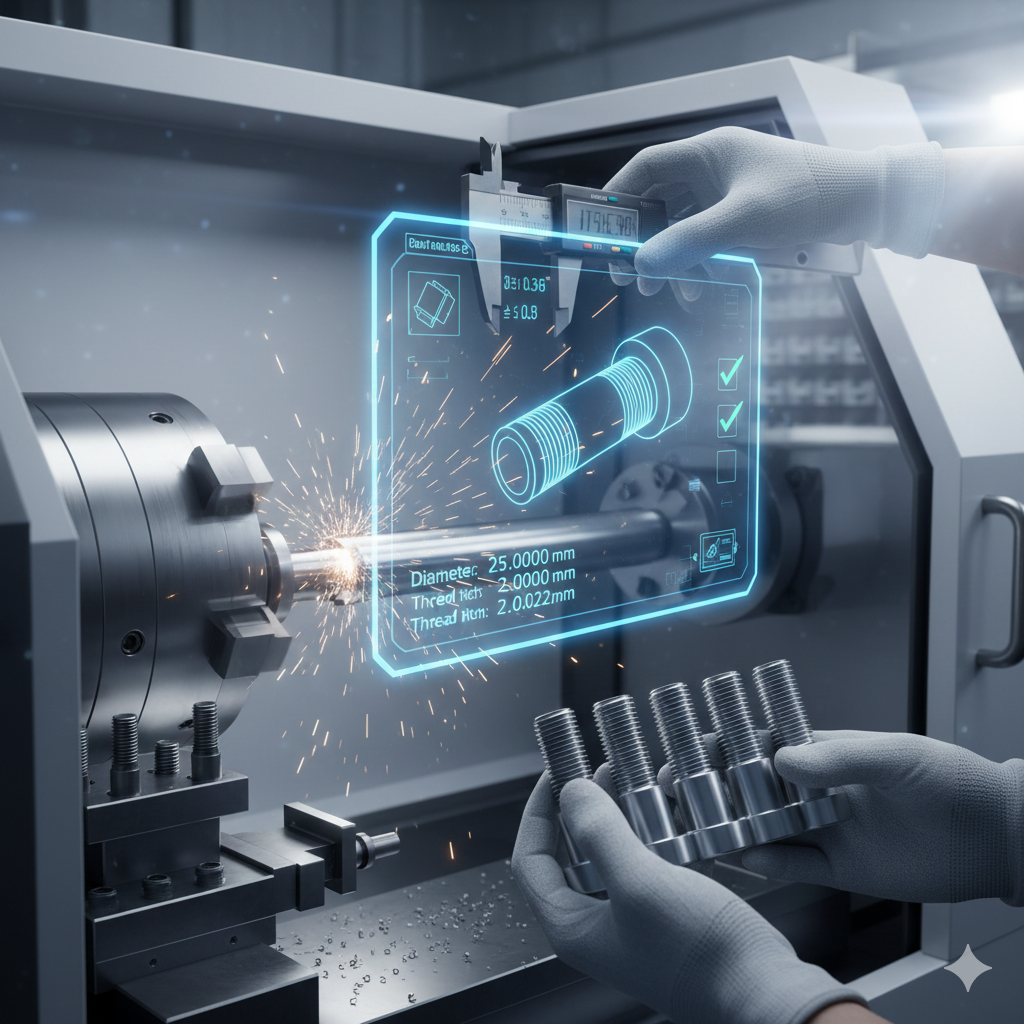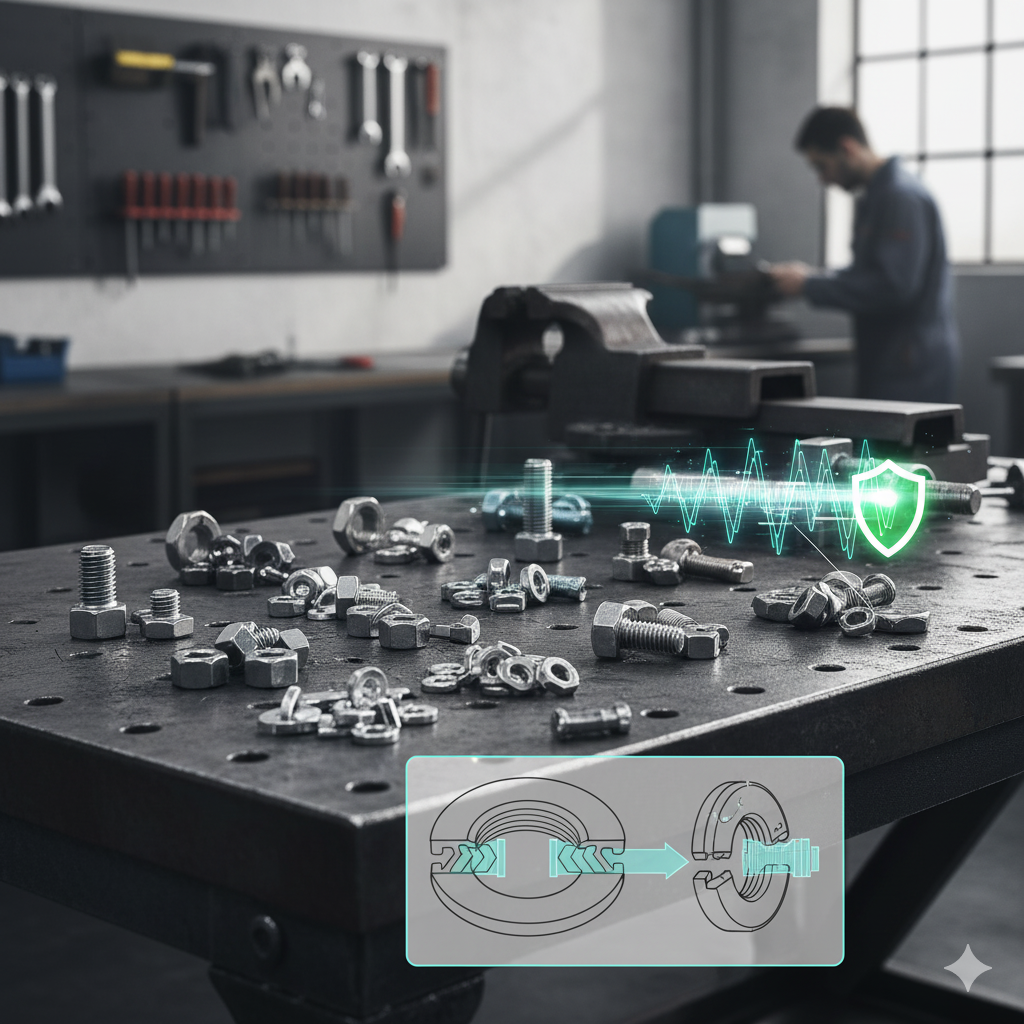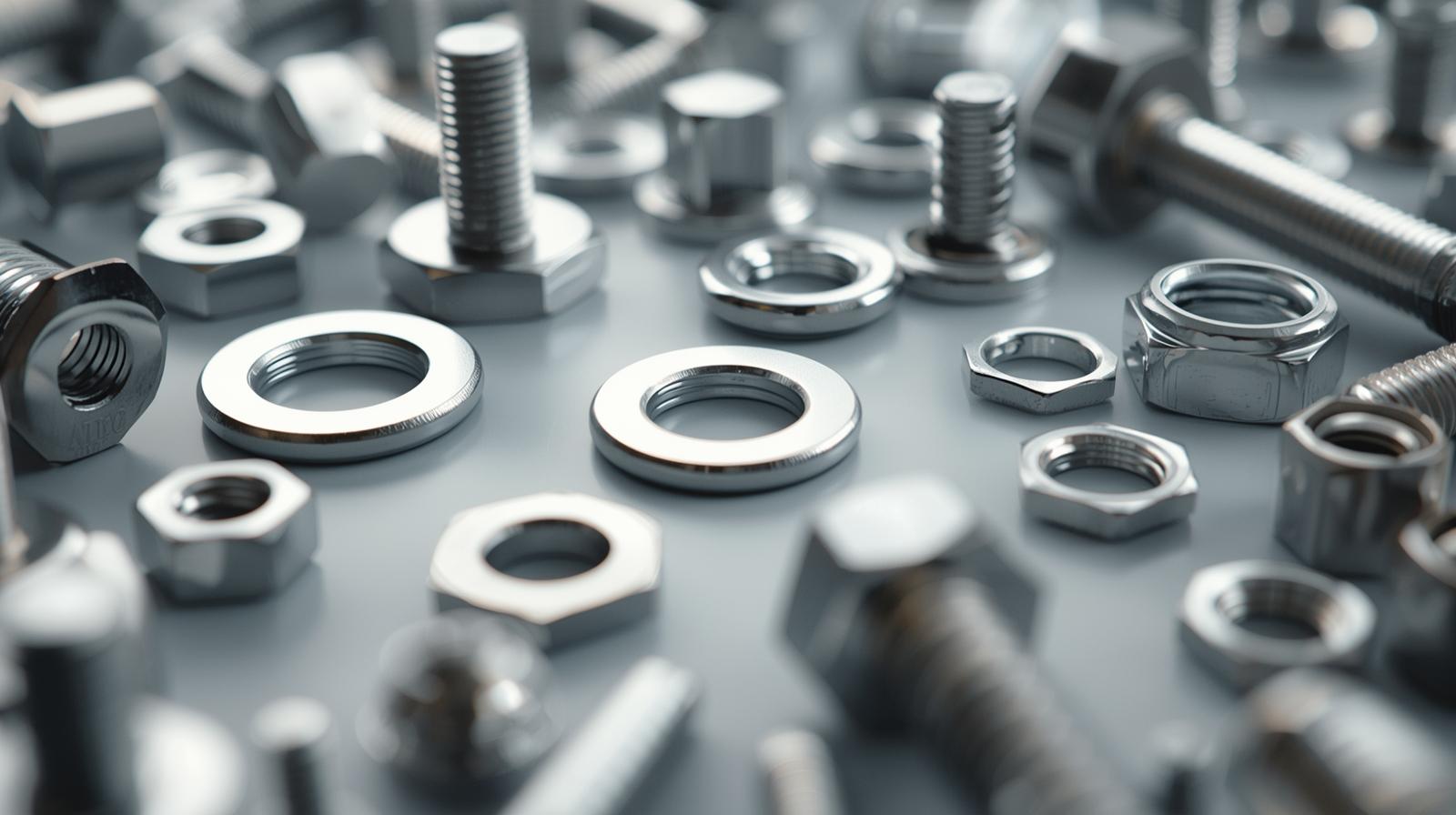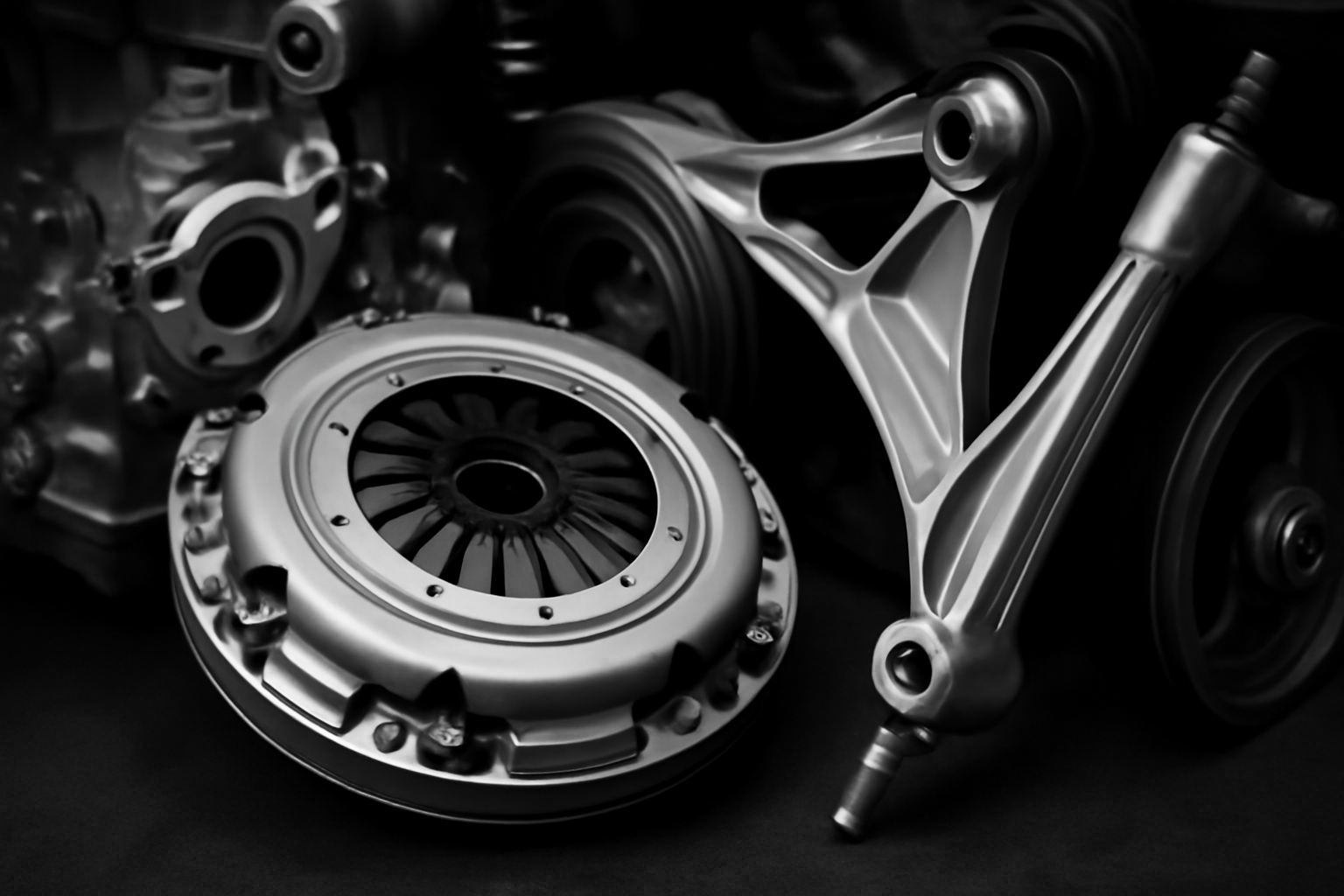了解现代制造的核心:CNC加工部分
在现代制造领域,CNC加工部分提供的精度和多功能性是必不可少的。这些组件是通过计算机数值控制(CNC)加工创建的,构成了许多行业中无数产品和系统的骨干。 CNC加工零件本质上是一种使用自动计算机驱动的机床的各种材料制造的定制设计组件。该技术允许创建具有极高公差,复杂几何形状和优越的表面表面的零件,这对于精确度和可靠性至关重要的应用至关重要。从复杂的航空航天组件到强大的汽车发动机块,这些精确设计的物品的影响是深远的,并且继续推动创新。
CNC加工背后的复杂过程
CNC加工部分的创建始于数字设计,通常是计算机辅助设计(CAD)模型。然后将这种数字蓝图转换为一组指令,通常用一种称为G代码的语言,它决定了切割工具和工件的动作。 CNC机器,例如磨坊,车载,路由器和研磨机,以显着的精确性执行这些说明。该过程在很大程度上是减去的,这意味着从实心块(工件或空白)中除去材料以实现所需的形状和特征。这种自动化方法可以最大程度地减少人为错误,确保多个部分的一致性,并允许24/7的操作,从而显着提高生产效率。机床可以执行各种操作,包括切割,钻孔,无聊,转弯和铣削,通常使用多个运动轴创建高度复杂的三维形状。
CNC加工零件中的物质多功能性
CNC加工的主要优点之一是它与各种材料的兼容性。 CNC加工部分的材料的选择在很大程度上取决于其预期的应用,并考虑了强度,重量,耐用性,抗温度的耐药性和成本等因素。普通金属包括铝合金(以优异的强度与重量比和耐腐蚀性而闻名),各种等级的钢(包括其耐用性和耐耐磨性的不锈钢),钛(在航空航天中受到青睐,对其高强度,高强度,低密度和生物相容性)以及用于其机械性和电气性和电力性和电力性和电力性。除了金属之外,CNC加工还广泛用于ABS,聚碳酸酯,尼龙,PEEK和丙烯酸等塑料,每种都提供适合不同工程要求的独特性能。这种多功能性使工程师和设计师在材料选择方面具有广泛的自由,以优化性能和成本。
各行业的多种应用
CNC加工零件的应用非常多样化,几乎触及了经济的每个领域。在航空航天行业中,这些部分对于从发动机组件和起落架到结构元素和内部配件至关重要,那里的精确和材料完整性是不可商量的。汽车部门在很大程度上依赖CNC加工来生产发动机组件,变速箱零件,自定义车辆修改和原型。医疗领域利用CNC机械零件用于手术仪器,骨科植入物和医疗设备的组件,要求高精度和通常具有生物相容性的材料。此外,电子行业将CNC加工用于外壳,散热器和连接器,而机器人技术和自动化取决于其复杂的组件精确制造的组件。生产一次性定制零件或大型生产运行的能力使这项技术无价。
选择CNC加工的关键优势
CNC加工对部分生产的广泛采用源于许多引人注目的优势。也许最重要的是可以达到高度的精度和准确性,通常降至微米,从而确保每个CNC加工零件都符合确切的规格。这导致了出色的可重复性,这意味着可以始终如一地生产相同的零件。 CNC加工擅长创建复杂的几何形状和复杂的细节,而传统制造方法将难以或无法实现。该过程也相对较快,尤其是对于复杂的设计,减少了原型和生产零件的交货时间。如前所述,材料多功能性允许用于任何给定应用的最佳材料,从而最大程度地提高性能和耐用性。由于自动化而降低的人工成本也有助于使CNC加工为具有成本效益的解决方案,尤其是对于中度至大量生产而言。
为您的CNC加工需求选择合适的合作伙伴
在采购CNC加工部分时,选择合适的制造合作伙伴对于确保质量,可靠性和价值至关重要。该决定应考虑几个因素。寻找具有可靠记录的提供商,具有各种材料和复杂几何形状以及现代,维护良好的设备的丰富经验。质量控制过程至关重要;询问他们的检查程序,认证(例如ISO 9001)和公差功能。沟通和客户服务也很重要 - 一个好的合作伙伴将与您从设计审查到最终交付。考虑一下他们所需的生产量的能力及其满足交货时间要求的能力。请求来自多个供应商的报价并评估其技术能力以及其定价将有助于做出明智的选择。
CNC加工成分的持久意义
总之,CNC加工部分证明了制造技术的进步。它具有从多种材料中提供高精度,可重复性和复杂设计的能力,使其成为现代工程和产品开发中必不可少的组成部分。从最初的原型到大规模生产,CNC加工提供了一种有效,可靠和多才多艺的方法来创建满足当今行业严格需求的零件。随着技术的不断发展,随着多轴加工,自动化和智能制造的进步,CNC机械组件的作用和重要性将进一步增长,不断地突破设计和制造中可能的界限。







